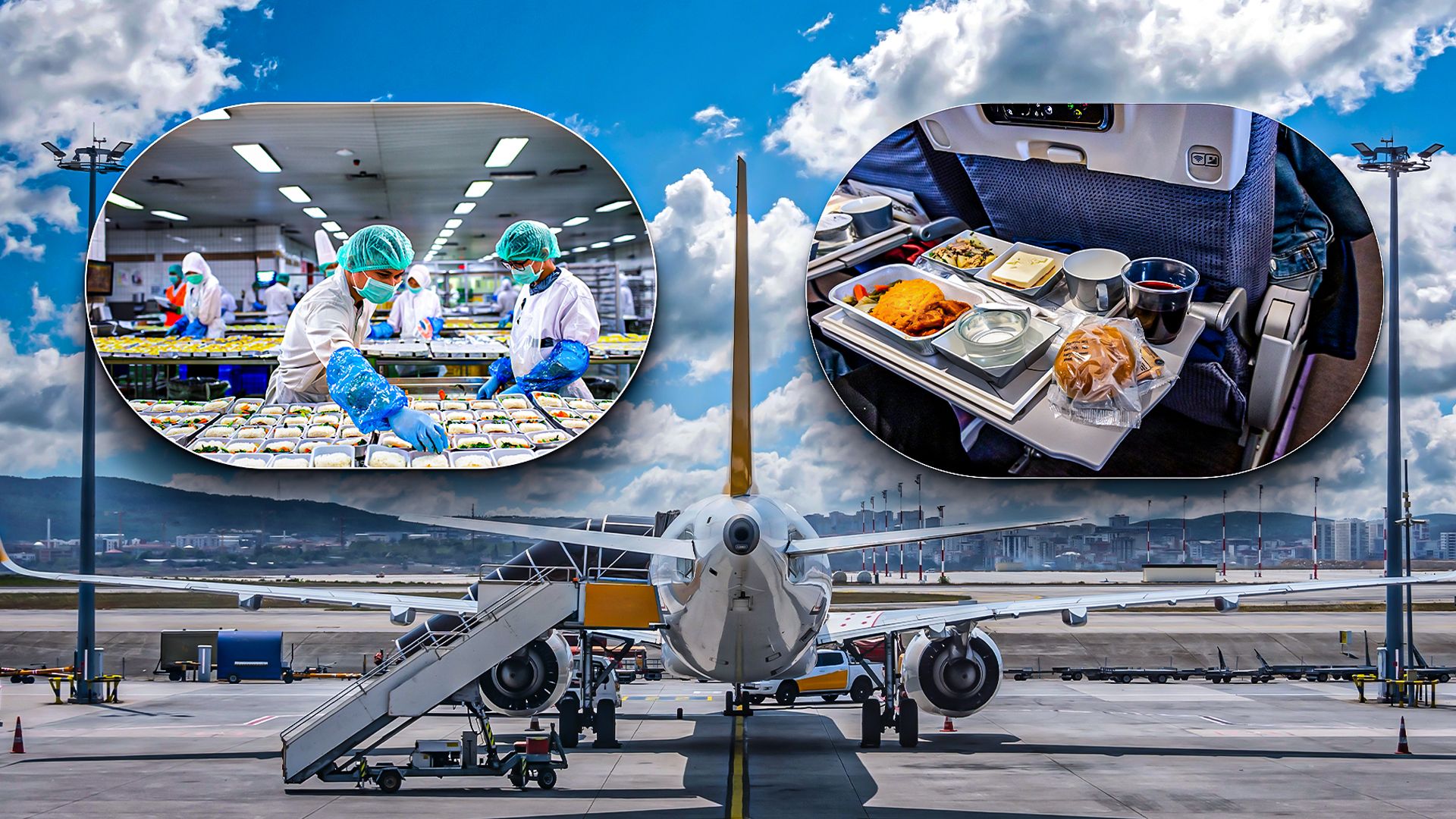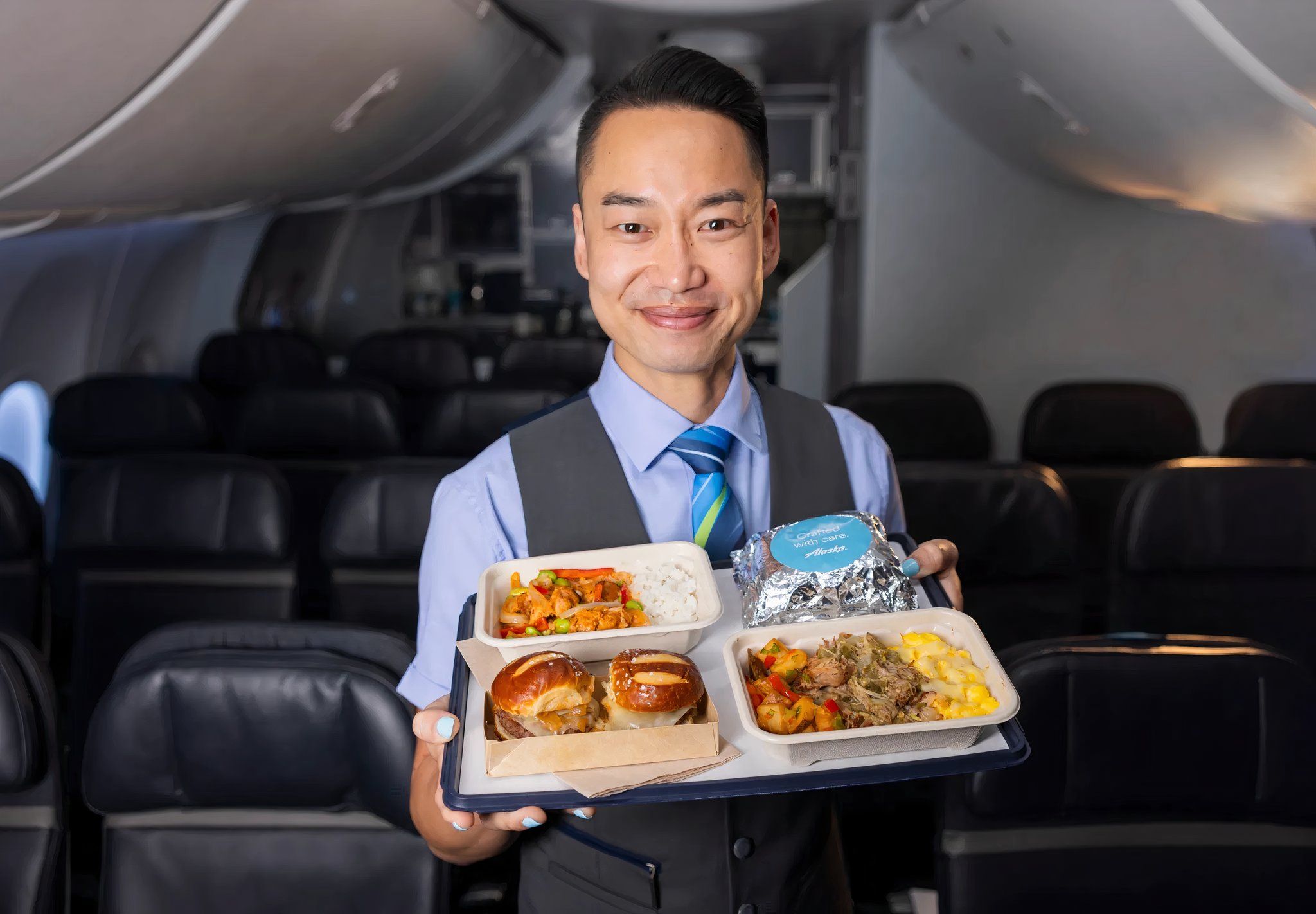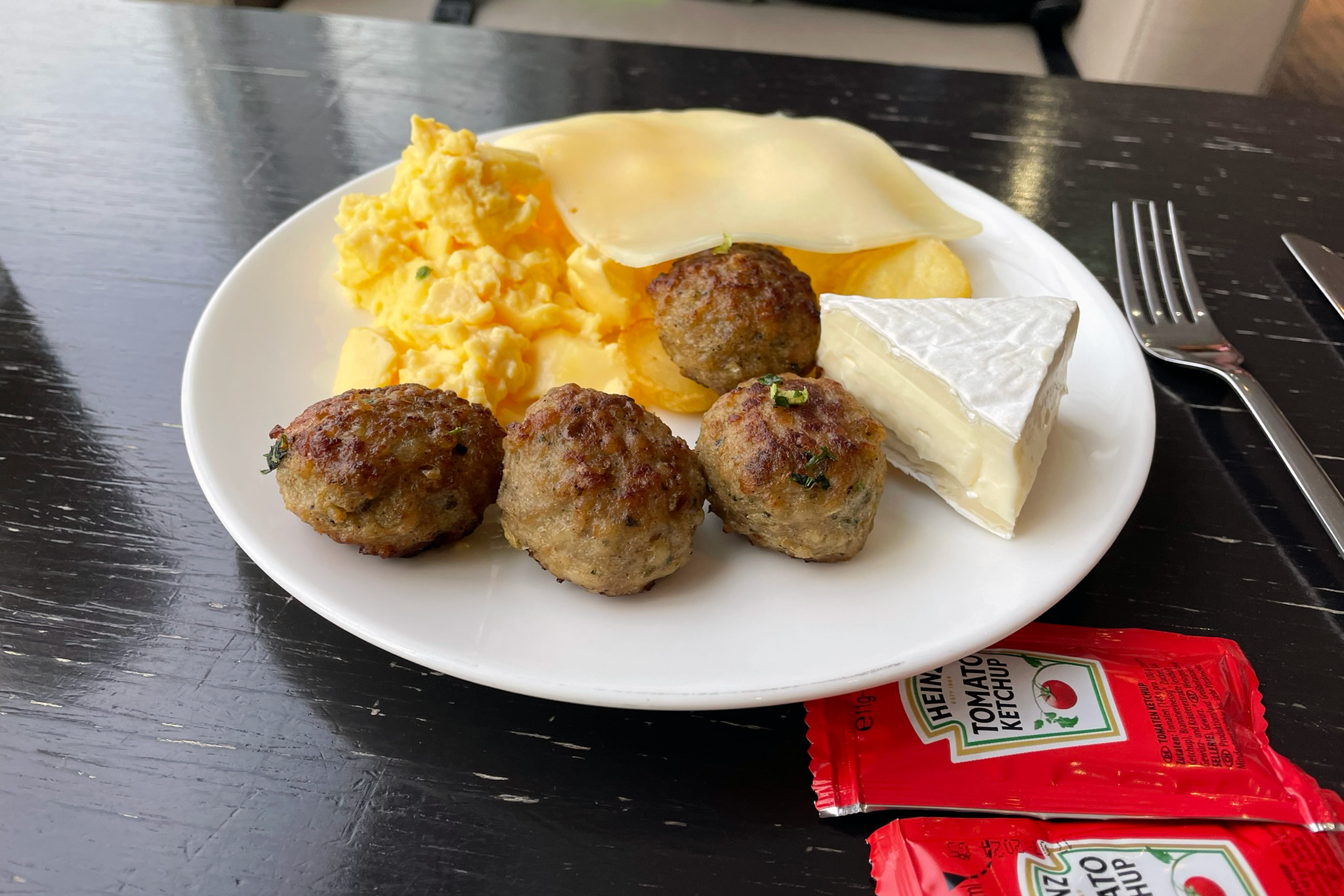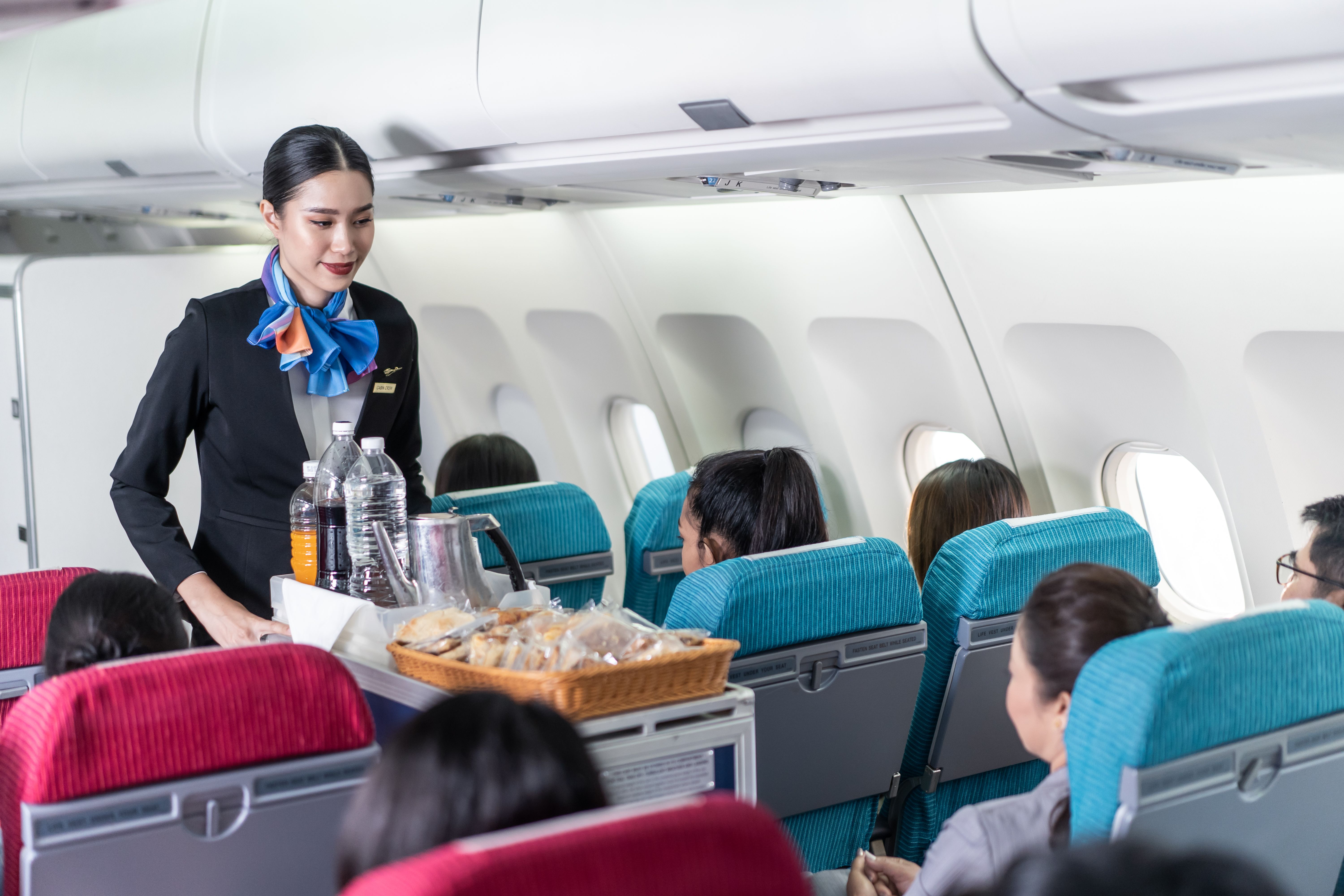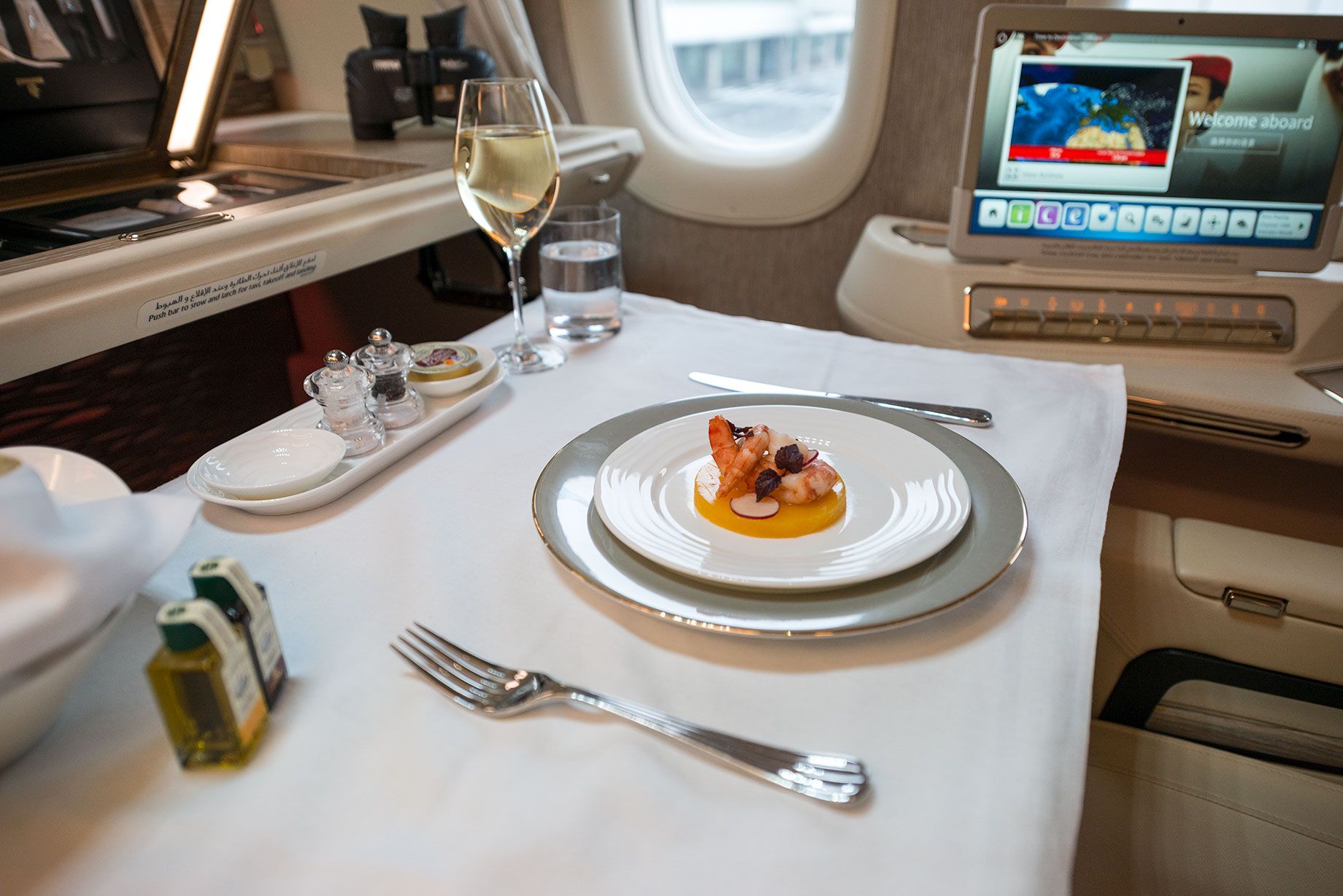Summary
- The airline food industry values at $6 billion, with a single meal costing as high as $100 for airlines.
- Major airlines have culinary teams dedicated to deciding what food to serve onboard.
- Most airplane food is prepared in large kitchens near the airport by catering companies.
There are various rules dictated by bodies such as the Transportation Security Administration (TSA) about what food items passengers can and cannot serve on board. These might include banned products such as certain alcohol or fresh produce.
A couple of weeks ago, the news stormed that 24 people got sick after it was found that Delta Air Lines had served spoiled food to passengers. A couple of months ago, news surfaced that flight crew onboard the United Airlines Flight 806 had contracted food poisoning. Some reports state that food airlines serve “may have been in a freezer for a month”.
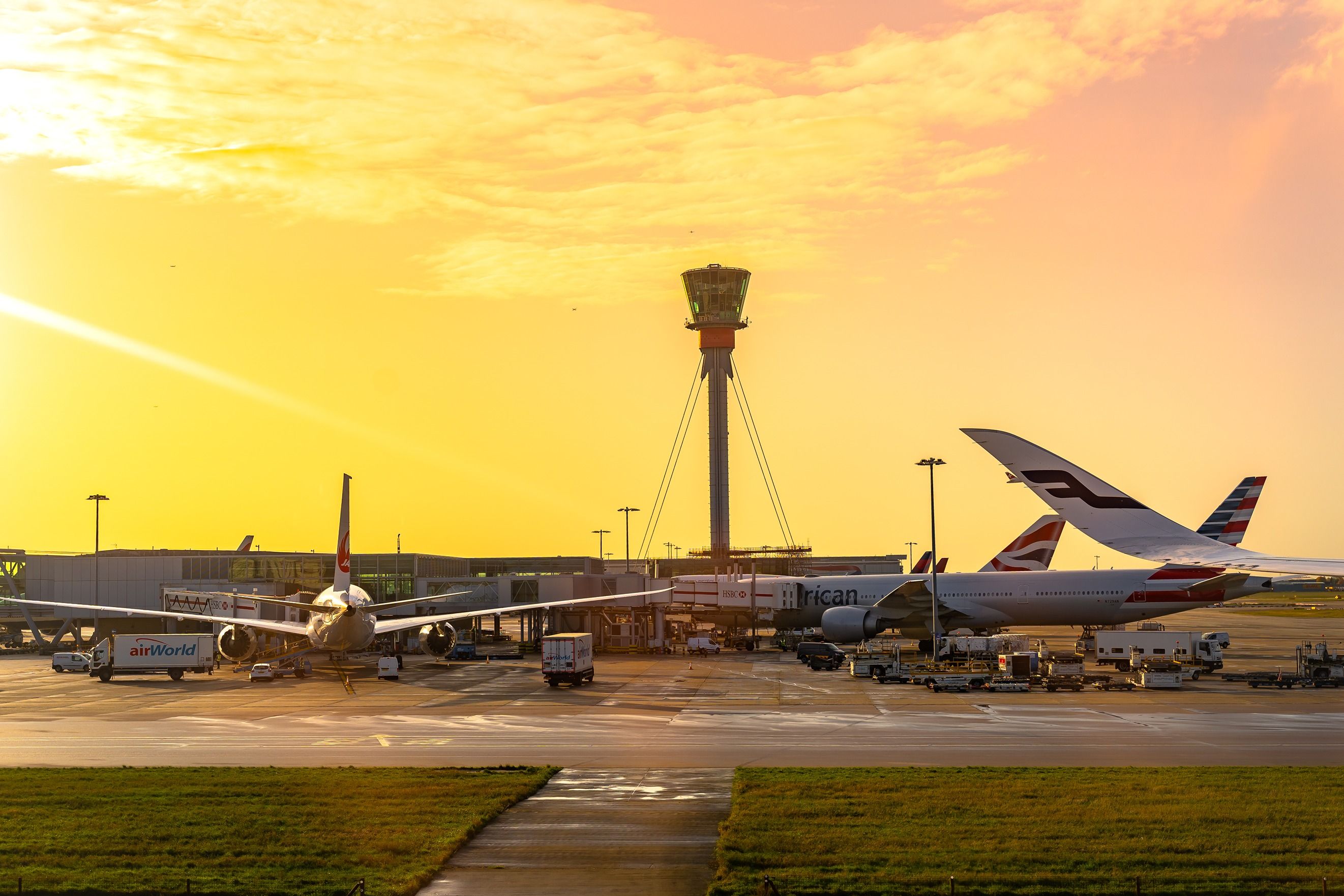
Related
Why Is Airport Food So Expensive?
Higher than usual overhead costs get passed on to the customer.
However, incidents involving food poisoning due to aircraft food are a rarity. Many people get onboard just to taste the most delectable items served by different airlines. Honolulu cookies served by Hawaiian Airlines, the taste of the Aotearoa menu served by Air New Zealand, etc are highly prized by travelers. But exactly how is airplane food made? Let’s find out.
Photo: Alaska Airlines
Deciding what food is to be served onboard?
Vox reported that the airline food industry is worth over 6 billion dollars. According to the Points Guy, the cost (for an airline) of a meal is around:
- $4 for an economy-class meal
- $25 to $30 for a business-class meal
- Upward of $100 for a first-class meal
How and where the food is prepared might differ depending on the class of air ticket purchased.
Photo: Tom Boon | Simple Flying
Different airlines have different strategies for what food is to be served onboard. On major carriers of the US, such as American Airlines, Delta Air Lines, or United Airlines, food served in different seasons or on different routes is different. Airlines like these have culinary teams dedicated to deciding what food to serve. American Airlines organizes different menu design workshops each year. Raphael Girardoni, managing director of food and beverages at American Airlines, once commented:
“We’re constantly changing out individual items, so if there’s a particular entree that isn’t doing well from a customer service standpoint, that entree might not fly again next month and we’ll replace it with something else. We tend to design or create way more entrees than we’re going to need in case anything falls through.”
What food airlines choose to serve their passengers has also undergone many transformations. In the 50s and 60s, people onboard economy class were served multi-course meals, but after the financial losses carriers suffered following 9/11, airlines chose to cut the costs related to in-flight food service. Some airlines completely stopped serving meals to economy passengers.
Before the food gets onboard an aircraft
There aren’t proper kitchens inside every aircraft, so most airplane food is cooked in big kitchens near the airport. Catering companies such as LSG Sky Chefs or Gate Gourmet prepare food served on an airplane. Some of the food is refrigerated. Inside the confines of the catering company where the food is prepared, certain rules are put into place, such as:
- Staff need to wear hair nets and protective garments before preparing food.
- Staff must use an air shower to blow off foreign objects such as hair.
- Items used for food preparation, such as fruits and vegetables, are scanned through X-rays before being put into storage.
Photo: Hananeko_Studio | Shutterstock
Patricia Green, a holder of a GCAA cabin crew license and someone with a wealth of experience as a cabin crew member reported for Simple Flying about the pre-flight preparation of aircraft food:
“The caterer prepares the food by part cooking and flash chilling the meals. They are then transported to the assigned aircraft…When the cabin crew arrive at the aircraft, and once all security and safety checks are complete, they will check that the numbers from the passenger list and the catering match. If it is a short flight, under 90 minutes, then the crew will switch on the ovens to pre-heat meals on the ground – the caterers will put the racks in the ovens during loading in this case.”
The food is then simply reheated
The food prepared by catering services that get onboard an aircraft is then simply reheated. The reheating takes place in convection ovens in the galley. While microwave ovens were used on Boeing 747s operated by Trans World Airlines (TWA), these are not common anymore. The heating process is much the same for premium and first-class meals.
Photo: Emirates
But having an onboard chef might just change the course of food preparation
The higher prices of business-class or first-class sometimes come with the perks of an onboard chef. Carriers such as Austrian Airlines and Turkish Airlines have reinstated the services of onboard chefs for select flights. The presence of such chefs allows the possibility of freshly preparing certain ingredients.
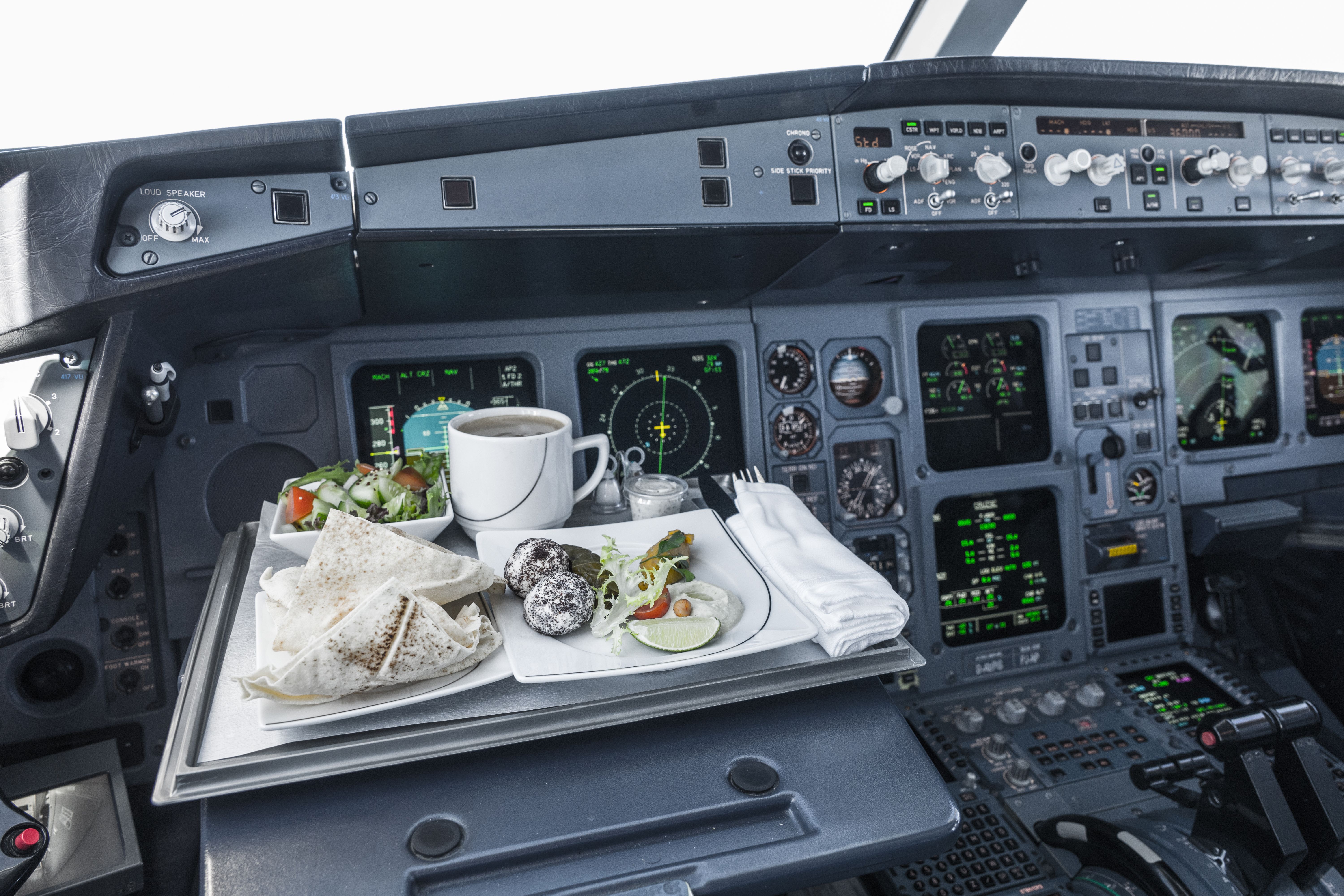
Related
What Food Items Should Never Be Taken On An Airplane?
As it happens, certain foods do not have a place in the skies.
Turkish Airlines, the first airline in the world to offer candlelit dinners, offers on-board chefs. Such chefs, in addition to allowing passengers to chop and change individual components of a dish, also help break away from the shackles of pre-prepared meals served in the industry. Mustafa Can Aydoğdu, Lead Chef at Turkish Airlines, commented in a feature for Forbes:
“Our premium dining service, designed by our partnership catering company, Turkish DO & CO, allows us to source the freshest, seasonal ingredients and prepare our meals in a commercial kitchen with the highest standard of service.”

